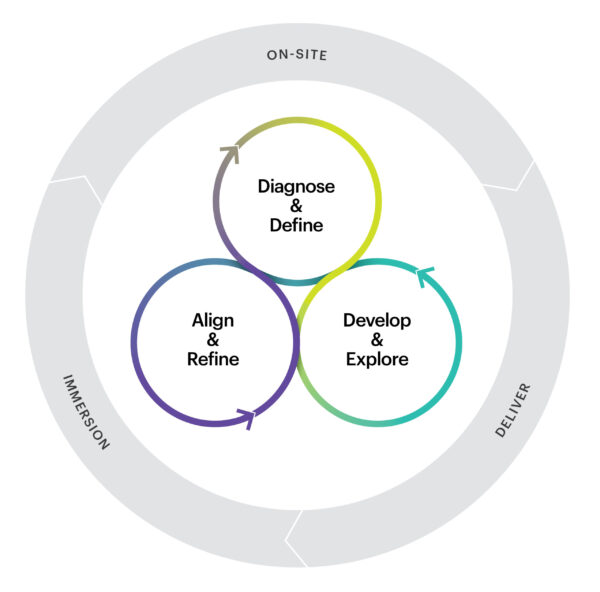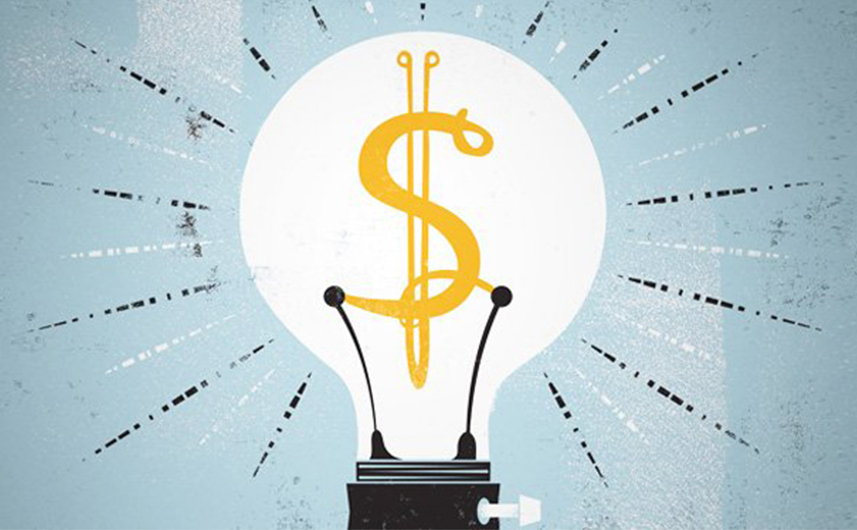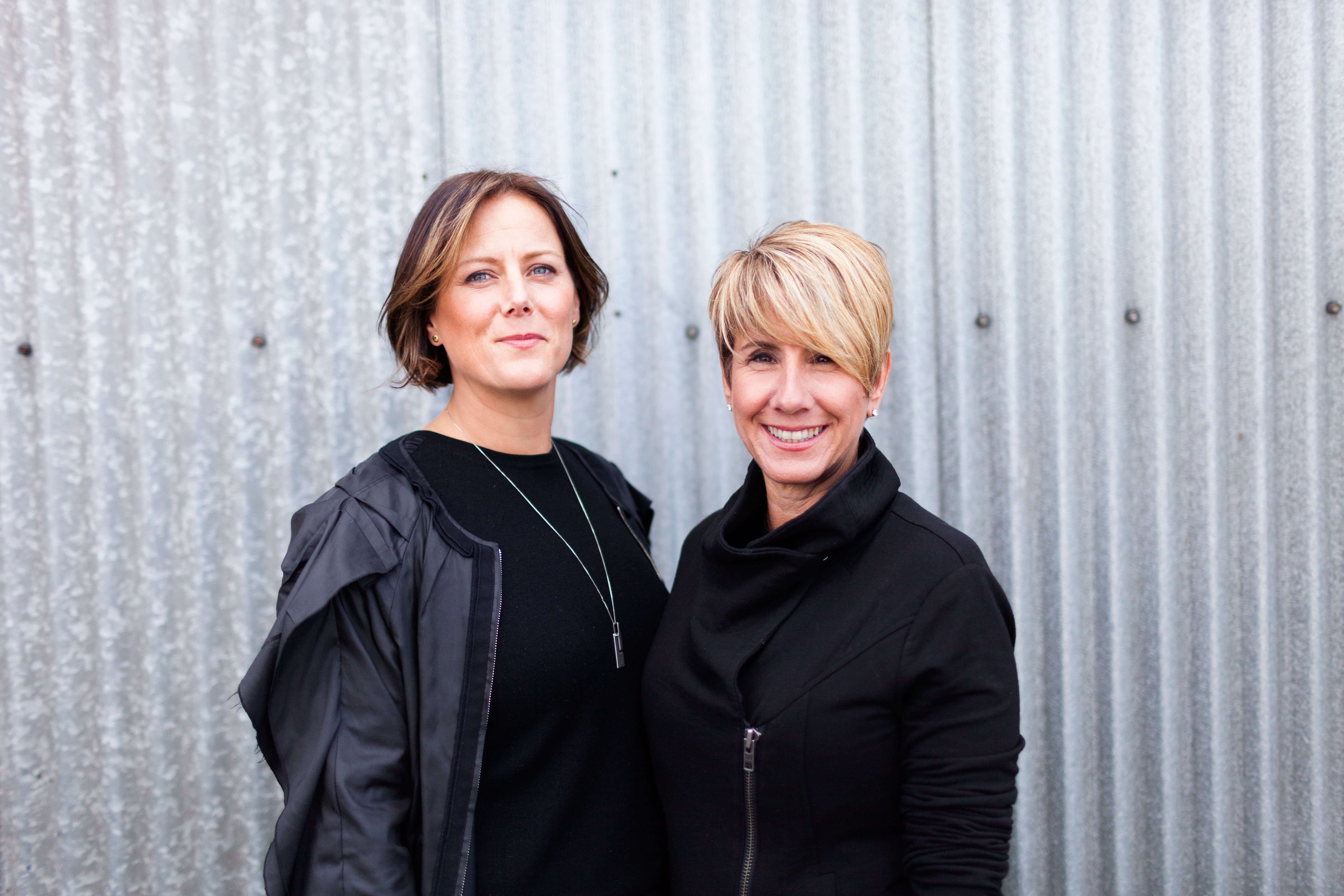We work and compete in a fast-moving world, driven by an accelerating pace of technological and social change. The markets we compete in shift quickly, competition intensifies, and expectations rise. Flux is the new normal. This increases the pressure to enhance efficiency, sharpen competitiveness, and improve profitability—all at the speed your business demands.
As a brand strategy firm, we understand that many of our clients, especially those operating in crowded, in-flux categories, need a much more agile approach to address the changing dynamics reshaping their markets and business. To meet these needs, we developed Fast Forward. Fast Forward is a six-week process that focuses on the challenges your brand, team, and business face, prioritizes them, and gives you the tools to address them.
Fast Forward is an agile set of strategy development frameworks, tools, and practices designed to empower learning, gain superior return on capital, and accelerate implementation. It’s a more flexible process for overcoming the barriers to successful, timely activation of strategy. Fast Forward does exactly what its name suggests: moves your business forward, and moves it fast.
Your Fast Forward engagement is completely customized to your situation. The deliverables are defined by the challenges and opportunities you face and the strategic outputs you prioritize as most important. The speed and power of Fast Forward stems from its format and focus. Below is an outline of what we tackle each week to gain momentum and drive impact.
Weeks 1-2: Immersion and Audit
We embark on a comprehensive week of intelligence gathering and analysis. We dive deep into your brand, business, and industry, fully immersing ourselves to gain insights and understanding.
We’ll assess your current positioning to distinguish your brand from key competitors, interview stakeholders to gain a deeper understanding of what is and isn’t working, identify white space opportunities for you to own in market, evaluate your latest brand and product messaging, and present a comprehensive audit of our discoveries.
Week 3: Workshop
Based on our findings from the immersion and audit, we develop, explore, and workshop new ideas to enhance your positioning and messaging, ensuring alignment with internal teams.
Weeks 4-6: Develop, Refine, and Deliver
During the final phase of Fast Forward, we focus on producing your bespoke deliverables that will provide the highest possible value and impact on your organization. Below are just a few examples of deliverables you can choose from after we’ve aligned on the key challenges you are facing:
- Implement your augmented positioning and messaging through website landing pages that stand out and move the needle
- Refresh your sales deck to amplify the impact of your elevated story
- Craft a narrative to align and empower cross-functional teams with a unifying vision and strategy to harmonize your efforts
At the end of the six-week engagement, your team will hit the ground running with renewed strategic clarity and the agreed upon market-ready strategic elements to achieve the transformations essential to creating durable value and returns.

The interior of the diagram represents the iterative process of our Fast Forward offering.
The goal of Fast Forward goes beyond just solving problems; it identifies new strengths with the potential to accelerate your performance by generating new levels of coherence and coordination among your activities, resources, and people. All too often we’ve seen that the 30,000-foot views of strategy do not succeed without successful on-the-ground execution. Such execution requires the commitment and belief of leaders and implementers.
Fast Forward involves your team throughout the process to ensure alignment and gives you a new cohesive approach to strategy and implementation. Is it time to Fast Forward your business? Are you looking to make an immediate impact?
Emotive Brand is a brand strategy and creative agency that unlocks the power of emotion to propel brands, cultures, and businesses forward. We are a remote-first agency with a footprint in the San Francisco Bay Area.













